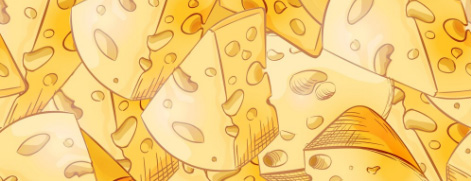The Role of Cheese Aging in Fine Dining

Aged cheeses (think Parmigiano-Reggiano & Gouda) are a real game-changer in the kitchen.
Give them time, and they go from mild to deep, nutty, and packed with umami. Some even develop those little crunchy crystals that make every bite more interesting.
Considering they can take a dish from good to an unforgettable one, there's no wonder fine dining chefs love them!
Here's more about how aged cheeses come to be:
1. The Science Behind Aged Cheese
Aging (a.k.a. affinage) is where the magic happens.
Enzymes and bacteria break down fats and proteins, intensifying flavors and changing textures.
That’s why young Gouda is creamy and mild, but after a year or two? It turns into a caramelized, slightly smoky delight.
Same with Cheddar—it starts smooth, but aged versions become sharp and crumbly.
How cheese is aged makes a huge difference, too, so be sure to chat with your chef about it! They’ll probably get excited explaining how different techniques affect flavor and texture.
2. Aged Cheese in Fine Dining
Knowing how to use aged cheese is a skill.
Too much, and it overpowers. Too little, and you miss out.
High-end chef jobs require the knowledge of when to let it shine—like pairing nutty Comté with roasted veggies or crumbling Stilton into a rich steak sauce.
Manchego? Shave it over a fresh salad, and it transforms the whole dish.
And when paired with the right wine, honey, or even dark chocolate? That’s when the magic really happens
So yeah, mastering aged cheese is more than knowing what tastes good; it's a real mastery.
So, Will Aged Cheese Stick Around?
Trends might come and go, and sure, plant-based alternatives are improving all the time.
But when it comes to aged cheese? It’s in a class of its own.
The extra oomph it adds to dishes are things you just can’t replicate.
So, what’s our take? Aged cheese is definitely here to stay!






Loading comments...